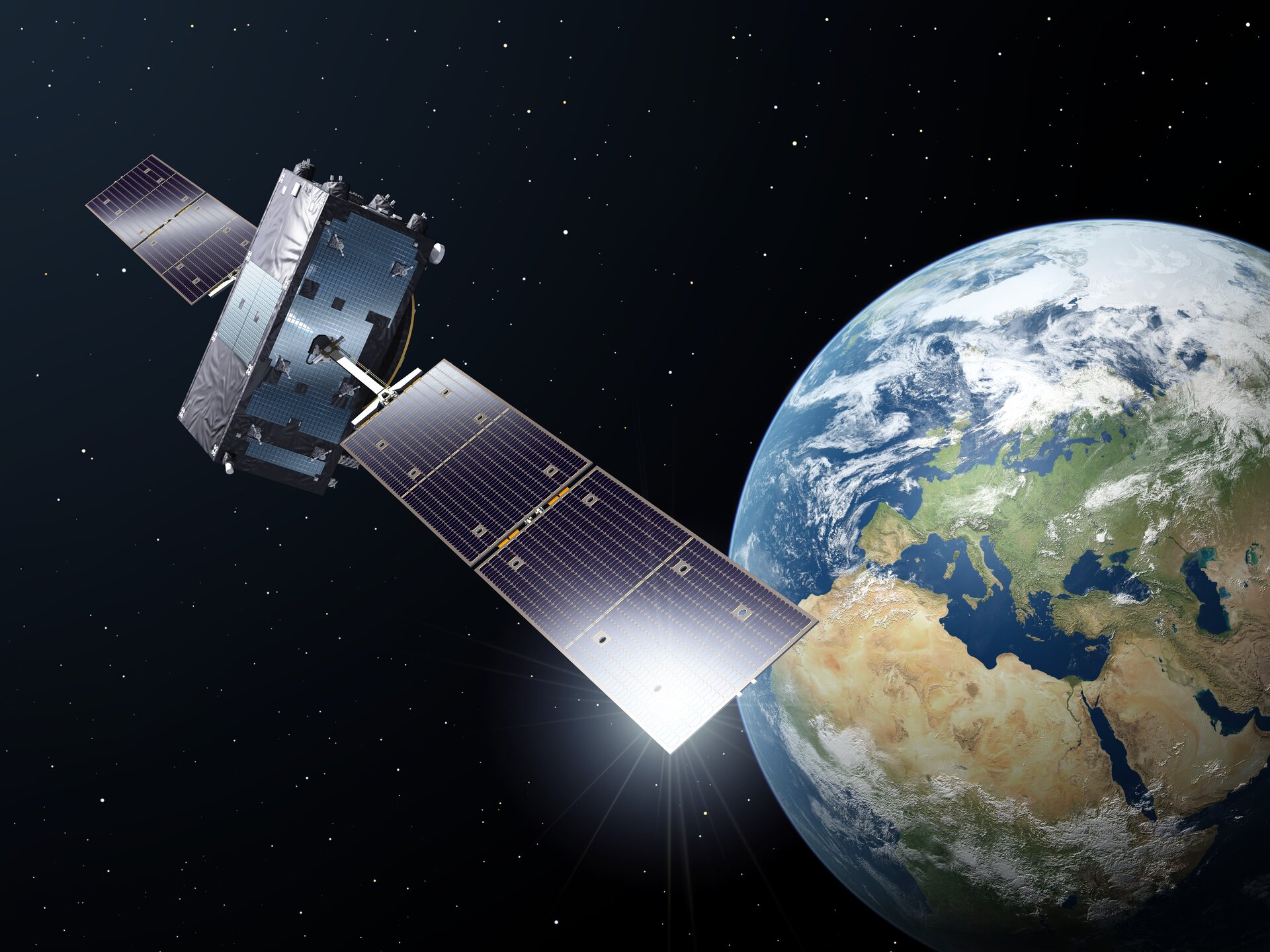Life as an ESA YGT: Galileo, the European Global Navigation Satellite System
To mark the closure of the 2021 Young Graduate Trainee recruitment campaign, we conducted one final interview with our current YGTs about the work they do, focusing here on the Galileo project. If you didn’t apply this time around, we hope this insight into life at ESA inspires you to stay tuned for the next round of opportunities in February 2022!
This week, we chatted to Antoine Grenier, Geomatics Engineer who works as a YGT in the Galileo System Engineering Unit, in ESA’s Navigation department, and his supervisor, System Engineer Daniel Blonski.
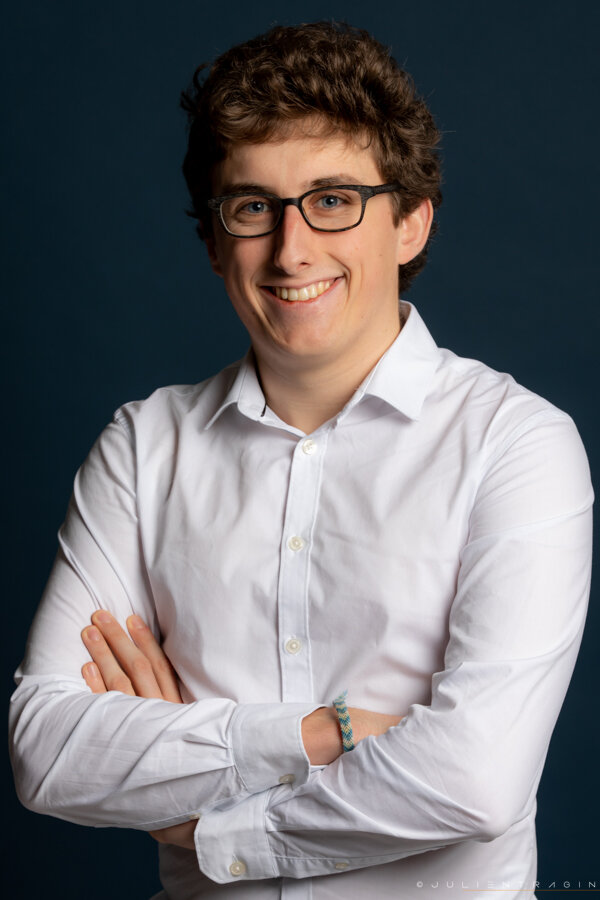
1. Antoine, what do you as a YGT?
Galileo is the European Global Navigation Satellite System (GNSS). As a YGT I support a wide range of research activities, from the implementation and testing of advanced user algorithms for high accuracy positioning, to contributing to mission and orbital analysis for the Galileo 2nd Generation.
In my second year, I am focussing on aspects of cis-lunar navigation. With the growing number of planned missions to the Moon and the increasing demands for position and timing accuracy, we develop strategies to use GNSS signals, complemented by new satellites around the Moon, to improve navigation at very long distance from the Earth.
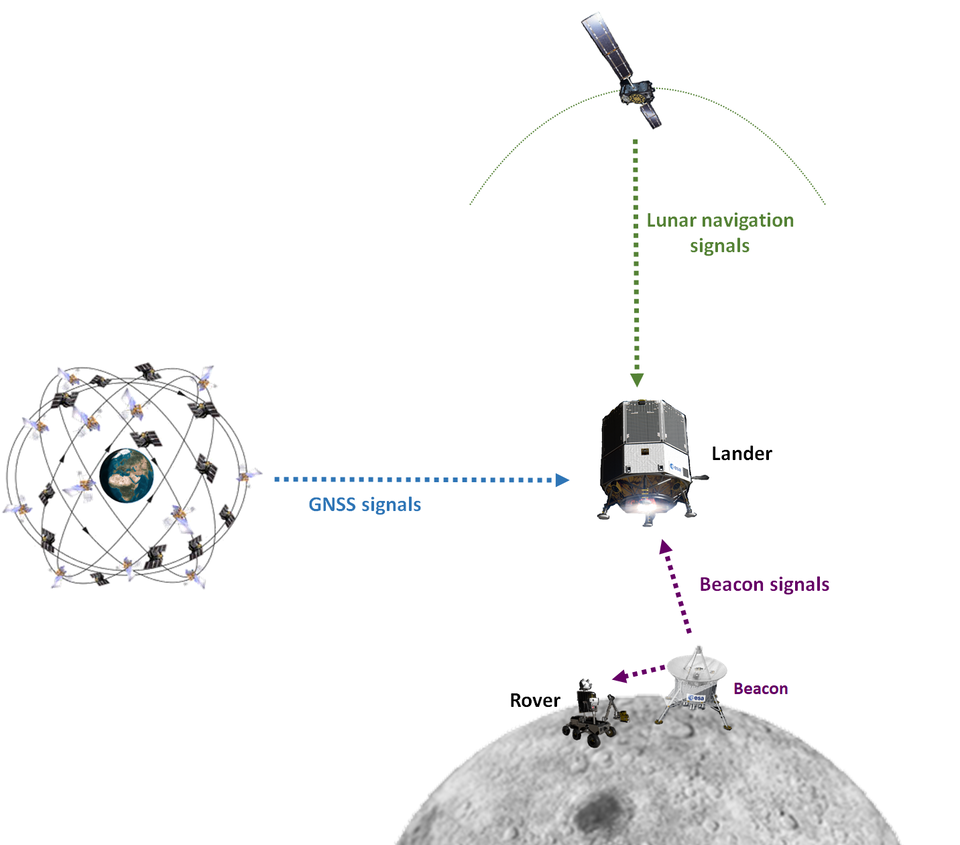
Last year, we published an article (divided into two parts accessible here and here) in the journal InsideGNSS, describing ESA future plans for positioning on the Moon.
2. What did you study?
After my first degree in Land Surveying at a French engineering school I specialised in geodesy, which is the study of the Earth’s physics -gravitational fields, reference systems, etc. For this, I studied abroad for a semester at the University of Calgary in Canada, and then I did my final engineering year in Paris (Ecole Nationale des Sciences Géographiques, Champs-sur-Marne).
I believe this unconventional path gave me a solid knowledge of geodesic references, attention to measurement quality for positioning and an in-depth understanding of the use of GNSS signals.
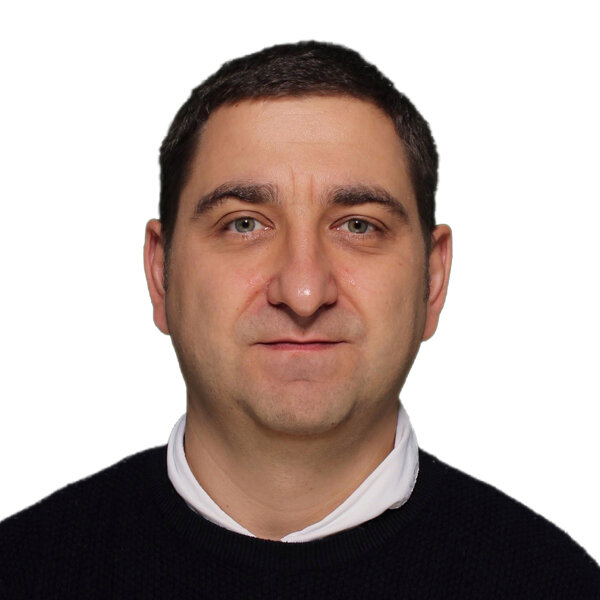
3. Daniel, over to you – tell us more about Galileo
Galileo GNSS consists of much more than the signals of our satellites, although this is only the part that is directly visible to end users on their devices. The Galileo system includes the space segment - a constellation of dedicated navigation satellites - and the ground control segment which operates and controls this, the ground mission segment that monitors space segment signals and generates the navigation messages which are uplinked to the space segment for broadcast to users, and, last but not least, Galileo’s users.
The system engineering team ensures that all the segments correctly work together to obtain the targeted signal and message quality to enable end user services. This is done through system requirement baselines that define functions, interfaces and expected performance consistently across all segments.
As a system engineer, my job is to ensure Galileo performance is in line with user expectations. For a few years, I have led a small team of technical experts which is studying the system adaptations needed to expand the Galileo service portfolio with a high accuracy service, further improving the positioning performance enabled for users.
4. How has your experience as a tutor been?
I’ve been tutoring YGTs and National Trainees since 2013,and, before that, was a YGT myself, so I understand their situation when joining such a large-scale project. I really enjoy working with young engineers – they bring a lot of energy, motivation and dedication to space. Having them allows the team access to inspiring new ideas, sometimes really out of the box thinking!
5. Antoine, what are the opportunities and challenges for you?
I find it thrilling to work on topics that have hardly been researched before, to develop an idea into a code, obtain results and analyse the outcomes from this.
Of course, because of this novelty, you sometimes end up in dead ends or stuck, but that does not mean the work has not progressed, because knowing this was not the answer is already an answer itself! This helps you build autonomy and planning in your work, and to develop new ideas to try out. To be able to doubt any results you get is also important, to be sure of what you are doing and have the most complete picture possible. Fortunately, here in ESA you are among experts in these fields and you are part of a team, so there is always someone with whom you can discuss things.
6. Daniel, opportunities to join the Navigation Department are regularly published on the ESA careers website. Are you looking for experts to join your teams?
Yes, indeed. With such a large project and also with the new activities on the next generation of Galileo, there is always a demand for talented young engineers. There are frequently new YGT opportunities published for the Navigation Directorate, addressing a variety of topics in different areas linked to Navigation and Galileo in particular. Beyond this, we also frequently look for engineers and technical experts – so keep monitoring the opportunities on jobs.esa.int.
7. Both of you, what is your best memory so far of working for ESA?
Antoine: I think what I love the most is being among experts in all possible fields, who regularly give presentations about their work and their discoveries for everyone in ESA. You can really feel all the mutual relationships that exist between the different branches of science.
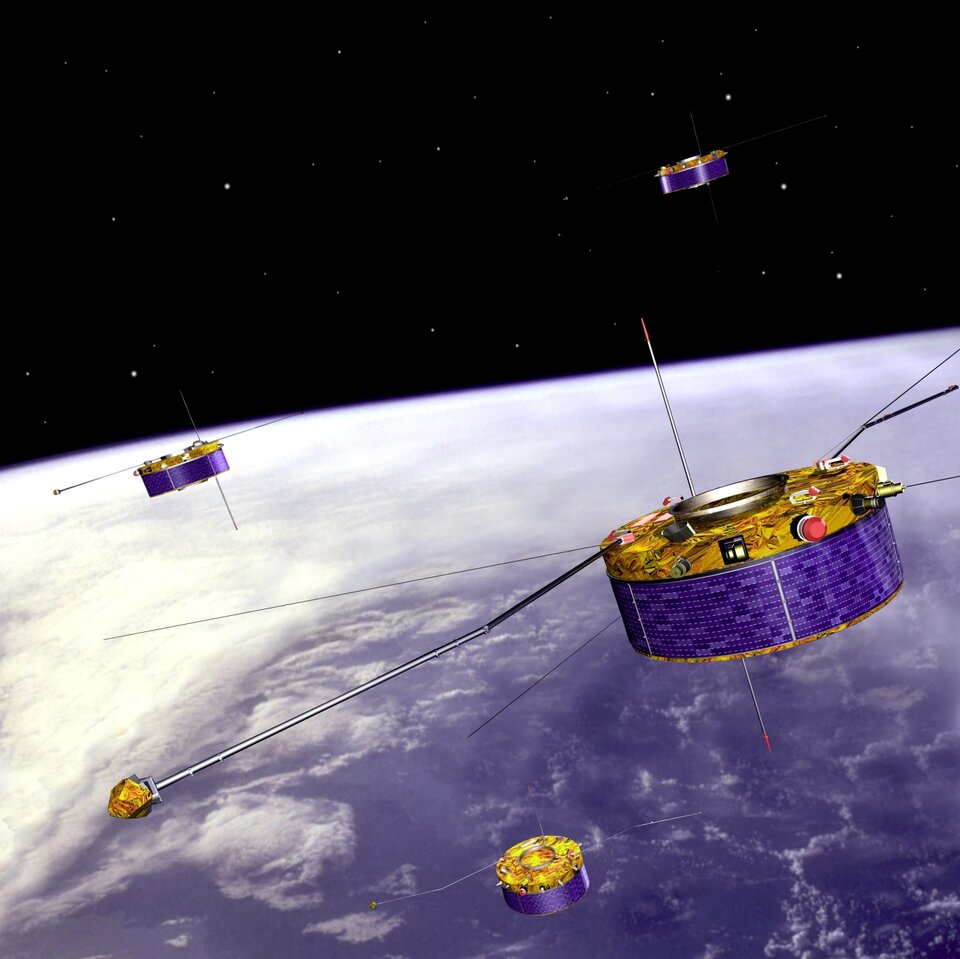
Daniel: As part of my university studies, I had the privilege to do my internship in ESOC in the Cluster II Flight Control Team, updating procedures and developing the Man Machine Interface for the storage unit of the satellite in preparation for the first test campaigns. When I returned to ESOC on a business trip a few years later, I found the MMI’s developed by me had been used operationally. I really felt that my work contributed to this interesting scientific mission.
More recently, as a tutor, I felt really proud when the work on a lunar navigation system, initiated with Antoine and Miriam, a former German National Trainee, was used to shape future plans.
8. What is your advice to any potential YGTs out there?
Antoine: don’t be scared to apply, even if you feel like your studies are too far from the space world. This was the case for me and I thought my chances to get into ESA were very slim. But once here, I found out that it is made up of people with diverse backgrounds, not just from aerospace.
Daniel: I can only agree with what Antoine said. If you are curious, motivated and feel passionate about space you should follow your dream. The best way to start your career in this sector is to join ESA as a Young Graduate Trainee.
More information
Learn everything you need to know about the Young Graduate Trainee programme!


